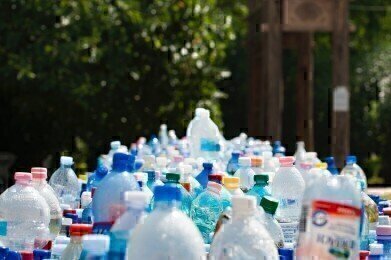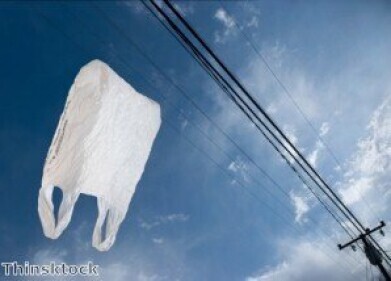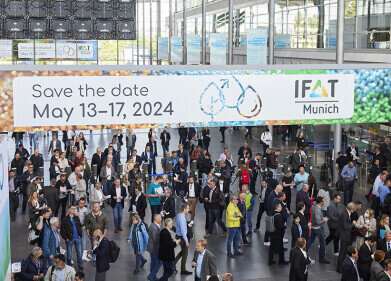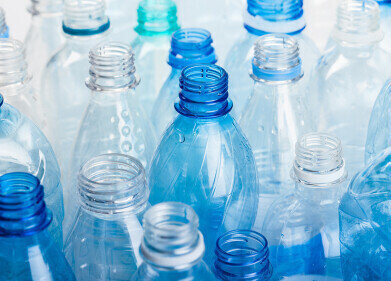Waste Management
How Is Plastic Actually Recycled?
Oct 21 2021
In 1950, the global population produced around two million tonnes of plastic waste. By 2015, that figure had increased to a whopping 381 million tonnes, with much of it being dumped into landfill or escaping into our seas and oceans.
As a result, there has been a greater emphasis on following the lead of climate scientists and reducing, reusing and recycling our plastic product consumption as much as possible. But what happens after we deposit our used plastic items in a recycling unit? This handy article will break the process down into simple stages, rendering it easy to understand for all.
Stage 1 – Sorting
Unfortunately, not all types of plastic are suitable for recycling. This means that recycling facilities must sort the plastic items given to them into different types to avoid batch contamination, which can upset the entire process. Sorting was traditionally done manually, but recent advances in technology have created new innovative ways in which plastics can be identified and sorted by machines. By recognising the unique signature of a polymer, the machine can determine whether it is suitable for recycling.
Stage 2 – Shredding
After having removed all plastics which are not suitable for recycling from the batch, the plastic must then be shredded to make it more manageable in size. Shredders and granulators are equipped with industrial blades that can slice the plastics into tiny pieces. The shredders have metal detectors attached to them to ensure no foreign items can infiltrate the system, while operators supervise the process at all times. The shredded fragments are passed through a filter onto the next stage.
Stage 3 – Washing
The shredded fragments must then be thoroughly washed to remove all traces of glue, paper, sand, grit and other debris. Chemicals and detergents can be added to hot water sprays to ensure that the surface of the plastics are free from contamination. This part of the process can also be greatly aided by individual citizens, who can remove excess food or dirt from plastics by rinsing the items before placing them in the recycling container.
Stage 4 – Dry separation
The most common method of dry separation for plastic recycling is air classification. In layman’s terms, this means separating the plastics by their size and shape, with thinner fragments separated from thicker ones. Alternative methods of dry separation include melting point separation (where the plastics are heated and separated by when they melt) and colour or light absorption separation (which uses fluorescent or ultraviolet light to test how much light the plastic can absorb).
Stage 5 – Compound
Finally, the treated plastics are ready to be converted into pellets, which render them more pliable and easier to distribute. This is achieved via the use of an extruder with a single or double screw to pelletise the plastics. At this stage, other components are often added to the plastics as well to make them more suitable for whichever purpose they are intended. They are then sent to manufacturing centres to create new products, giving the recycled plastics a new lease of life.
Events
May 05 2024 Seville, Spain
May 13 2024 Munich, Germany
May 23 2024 Beijing, China
May 23 2024 Beijing, China
Jun 10 2024 Algiers, Algeria













